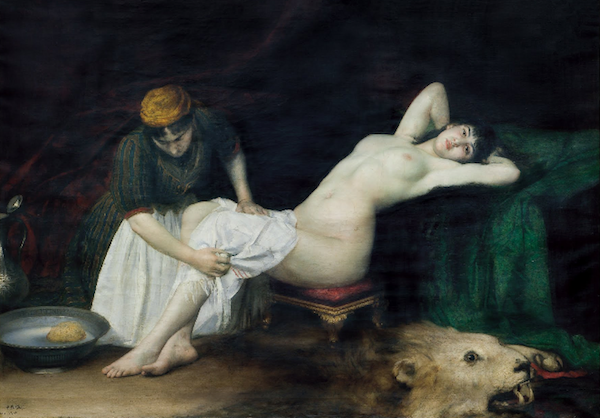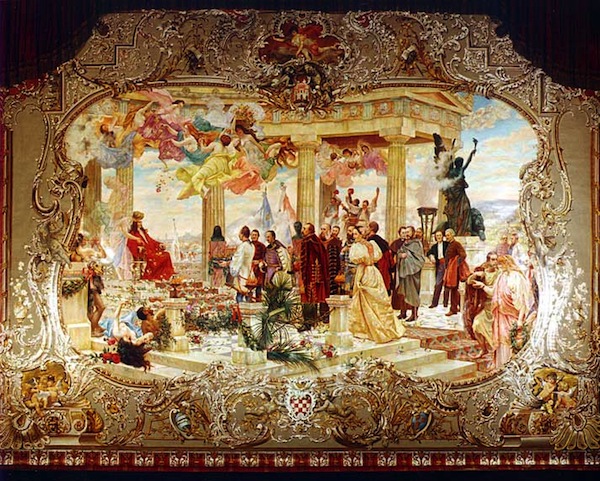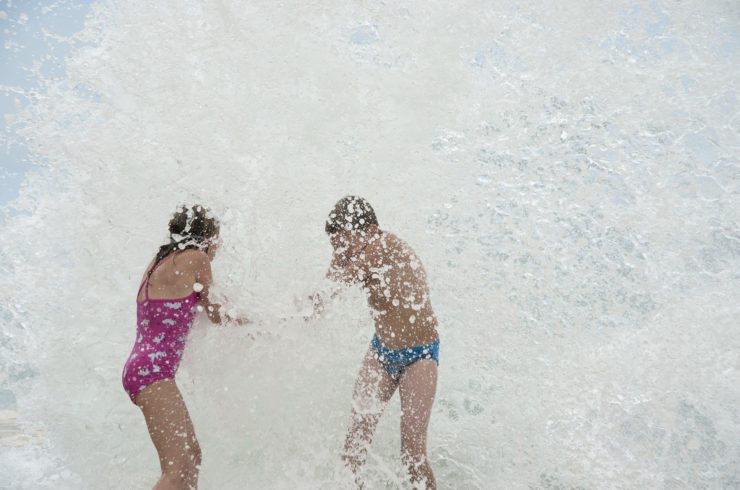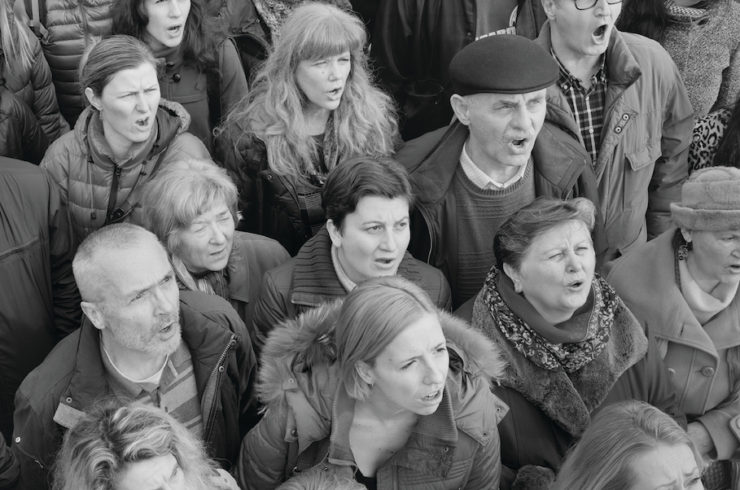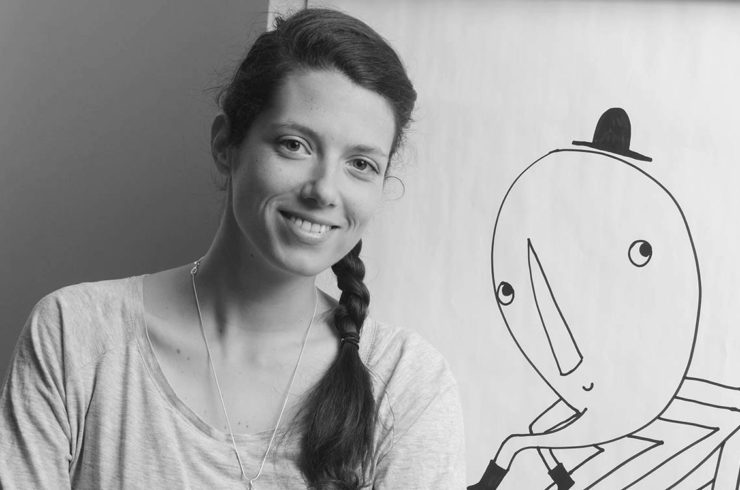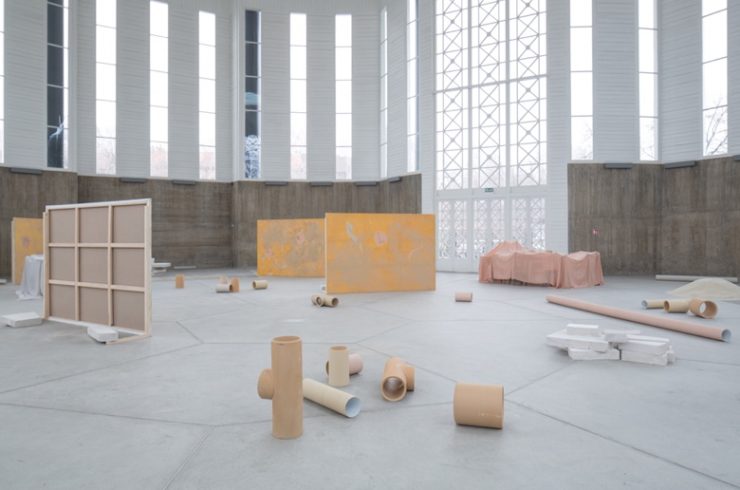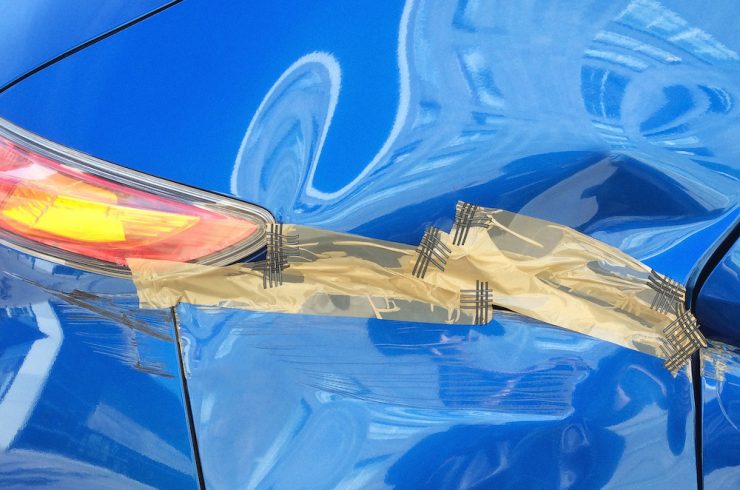Art
Master painter: Vlaho Bukovac
Having studied in Paris during the last decades of the 19th century, where ideas about artistic creation and visual perception were rapidly changing, painter Vlaho Bukovac was instrumental in the development of Croatian modernism.
Born in the town of Cavtat in 1855, Bukovac spent his youth traveling: first to the United States with his uncle when he was just 11 years old, then between Istanbul and London as a sailor, after that to Peru to paint train cars, and finally to California, where he took formal art lessons before heading to Paris.
With the help of a small oil study titled Hand, Bukovac was accepted to the École des Beaux Arts in 1877, and just a year later, he began participating in the Paris Salon. In 1882, he exhibited La Grande Iza, a painting depicting a dark-haired courtesan reclining against lavish drapery while a maid bathes her legs.
La Grande Iza (1882) illustrates Bukovac’s engagement with the evolving styles of the era: the nude is a classic subject and at first glance the painting appears to be academic in motive. However, this courtesan stares directly at the viewer, her pose is strikingly unnatural, and she sits on a cushioned bench that appears to float between the dark background and a lion skin rug that seems to meld with the floor, creating spatial ambiguity – all of which reveal an interest in experimenting with modernist modes of representation.
Bukovac remained in Paris for the next 15 years and developed a reputation as a skilled portrait painter. He established a friendship with the Vicar brothers, who were London art dealers, and began painting portraits for their clients. Among these is a portrait of Mrs. Richard La Doux (1892), clad in a luxurious pink gown and loosely gripping a bunch of flowers from her garden. Though the portrait is academic in approach, Bukovac’s soft and bright palette, sensitive rendering of features, and skillful recreation of outdoor light suggest the aesthetics of Impressionism.
In 1893, Bukovac returned to Zagreb, where he became a central figure in the emerging Croatian art scene. Several young artists, such as Bela Čikoš Sesija, Oton Iveković, Ivan Tišov, and Robert Auer, who had left to attend school in Munich and Vienna, returned to work with him. Together they formed the “Zagreb Colorful School,” having taken inspiration from Bukovac’s bright palette. The majority of the group exhibited at the Millennial Exhibition in Budapest in 1896. Afterward, in large part thanks to Bukovac’s insistence, the Croatian Pavilion of History and Art (now called the Art Pavilion) was dissembled, transported to Zagreb, and reconstructed as Zagreb’s first exhibition hall.
While in Zagreb, Bukovac continued to paint commissioned portraits alongside large compositions, including a monumental ceremonial curtain for the Croatian National Theater. Titled Croatian Reformation (1895), it depicts the Croatian reformers of the 19th century, led by writer Ljudevit Gaj, honoring the celebrated Dubrovnik poet Ivan Gundulić.
After an extended stay at home in Cavtat, where he spent time quietly painting coastal landscapes and portraits for close friends and family, Bukovac accepted an invitation to teach at the Academy of Fine Arts in Prague. There, he dedicated himself to teaching and continued to paint portraits, though he often focused more on his use of color than on realistic representation. In 1908, Bukovac met Ivan Meštrović in Prague and painted a portrait of the young sculptor, who was then just beginning his international career.
Apart from leading a prolific creative life and helping to establish an active artistic community in Zagreb, Bukovac served as a mentor and creative guide for many of the most celebrated Croatian artists. Today, he is recognized for bringing modernism to Croatia.
For more information about Bukovac, visit Kuca Bukovac.
Written by Elaine Ritchel (@elaineritchel)
Image Sources: hnk.hr / kultura,hr

